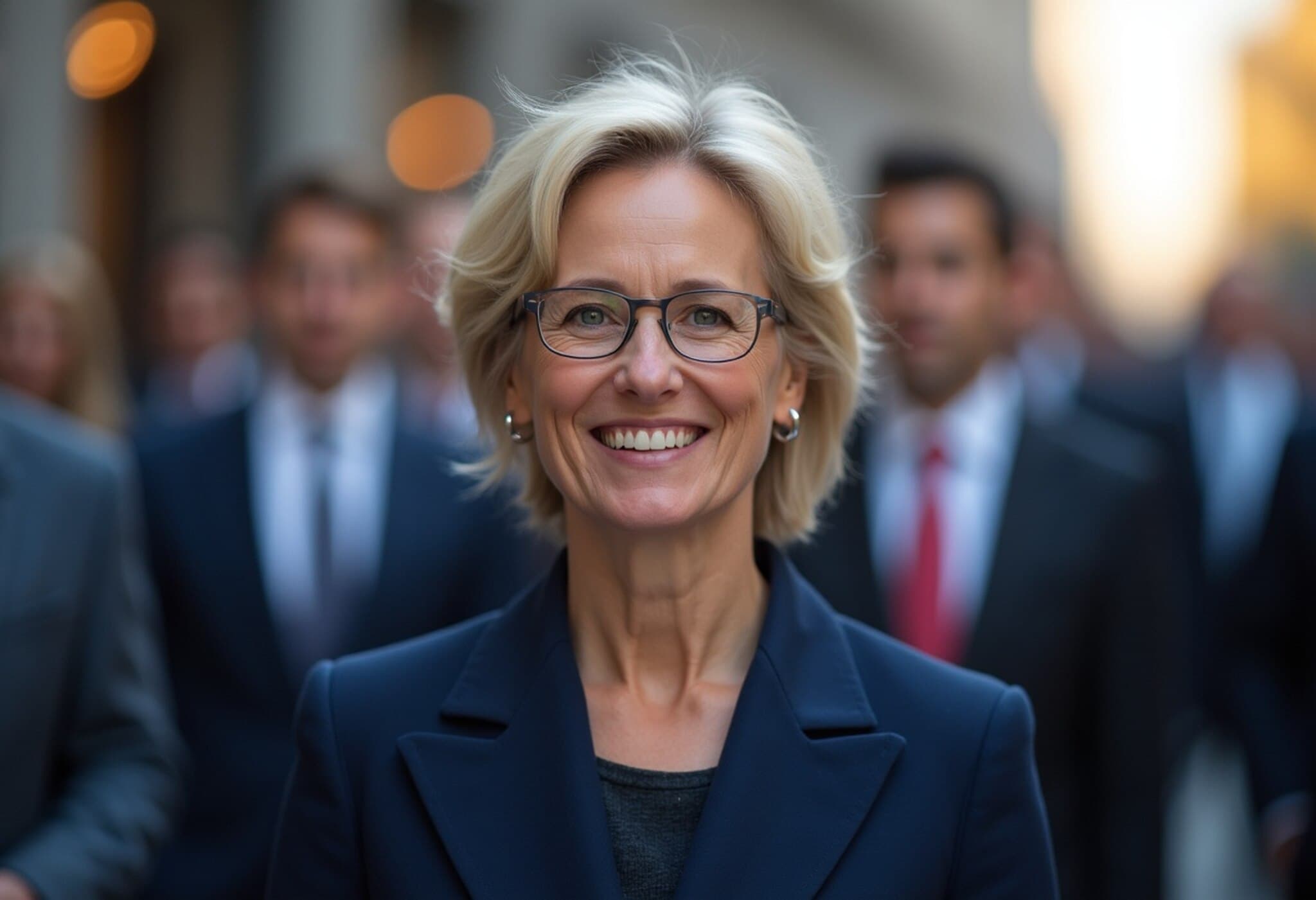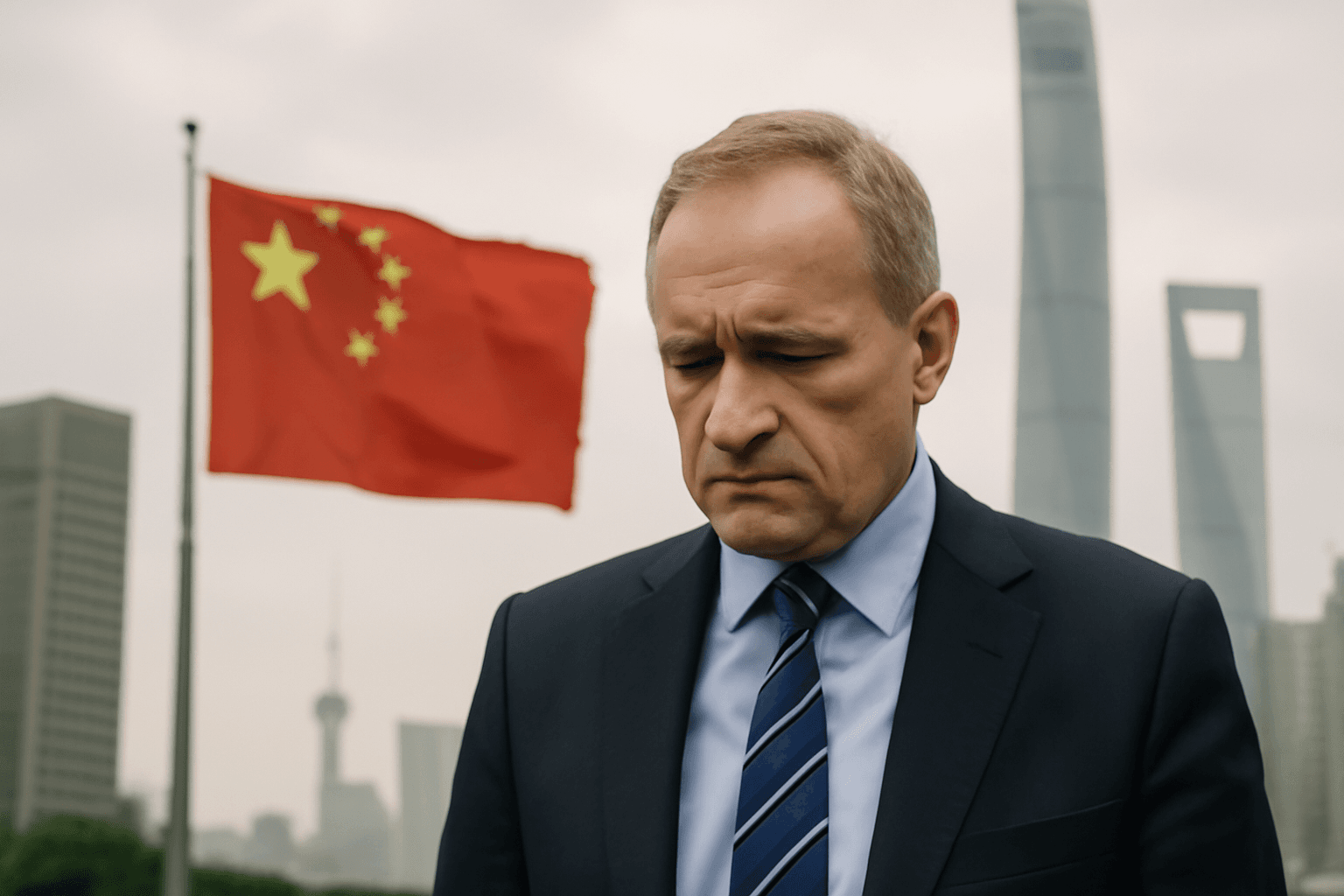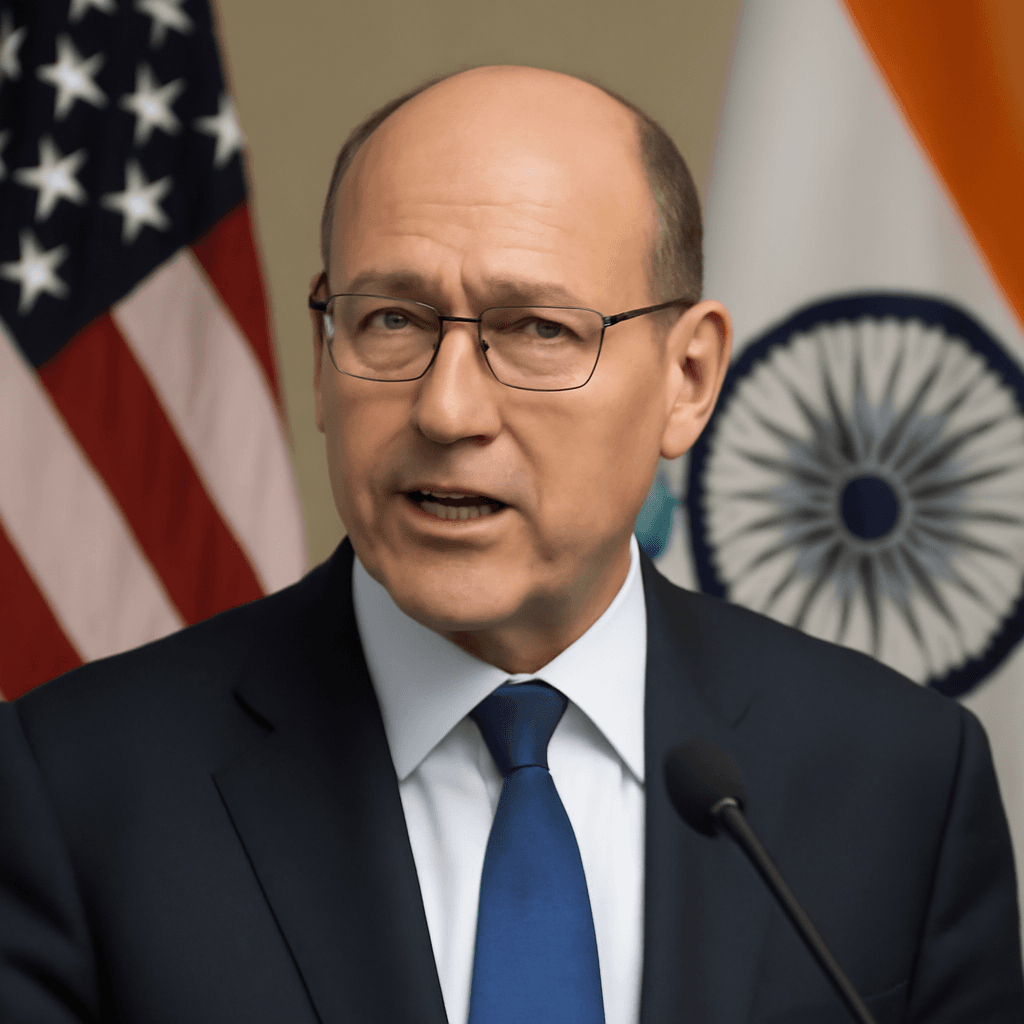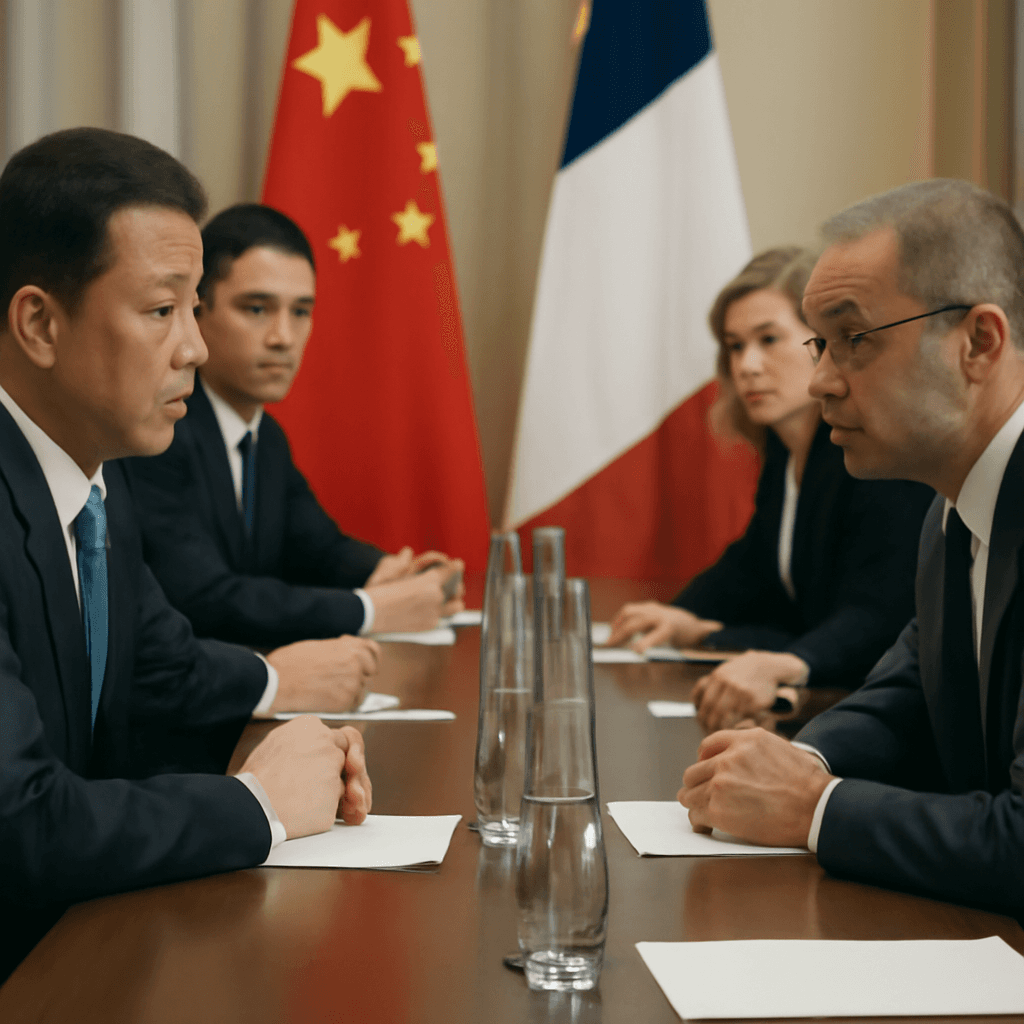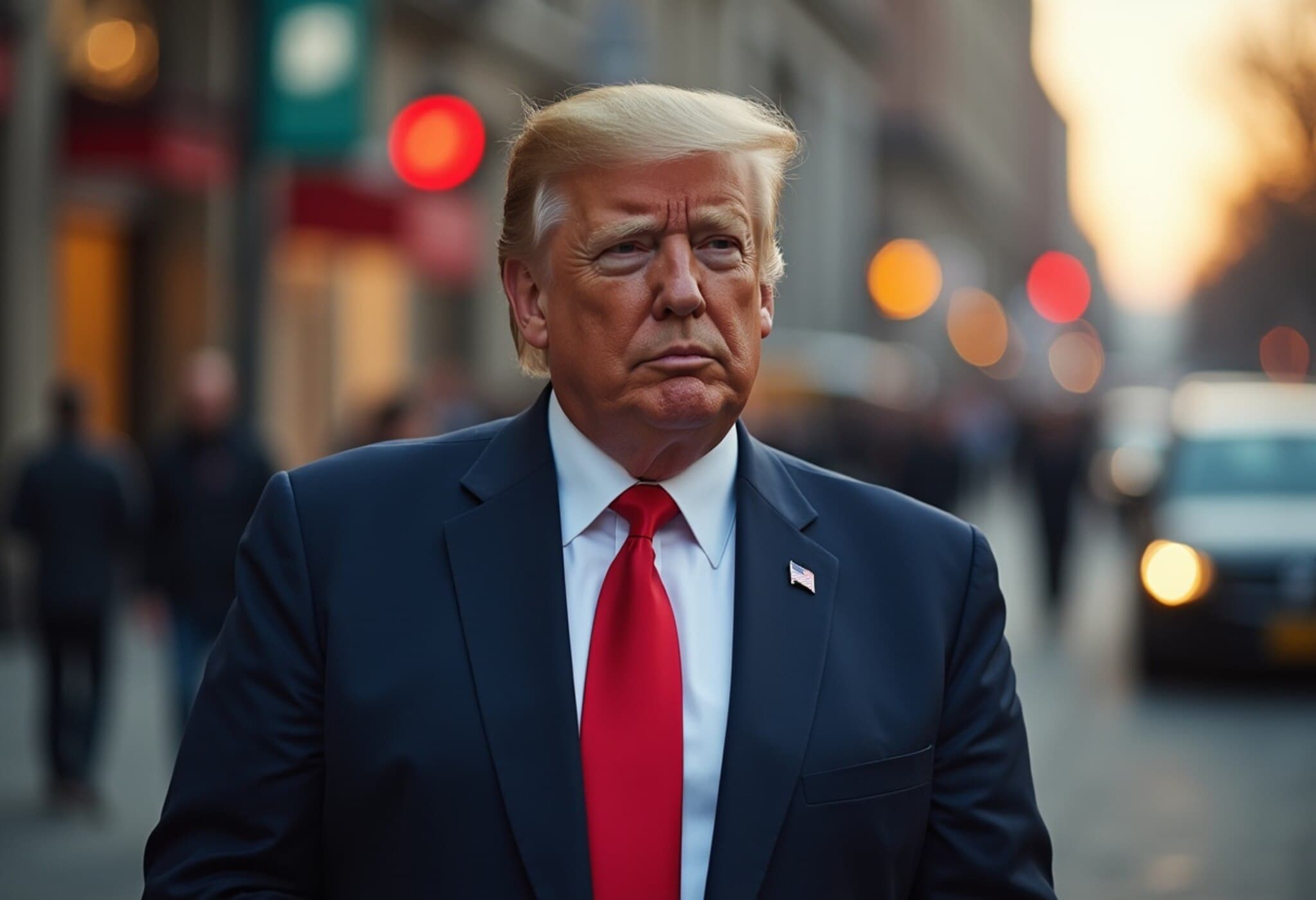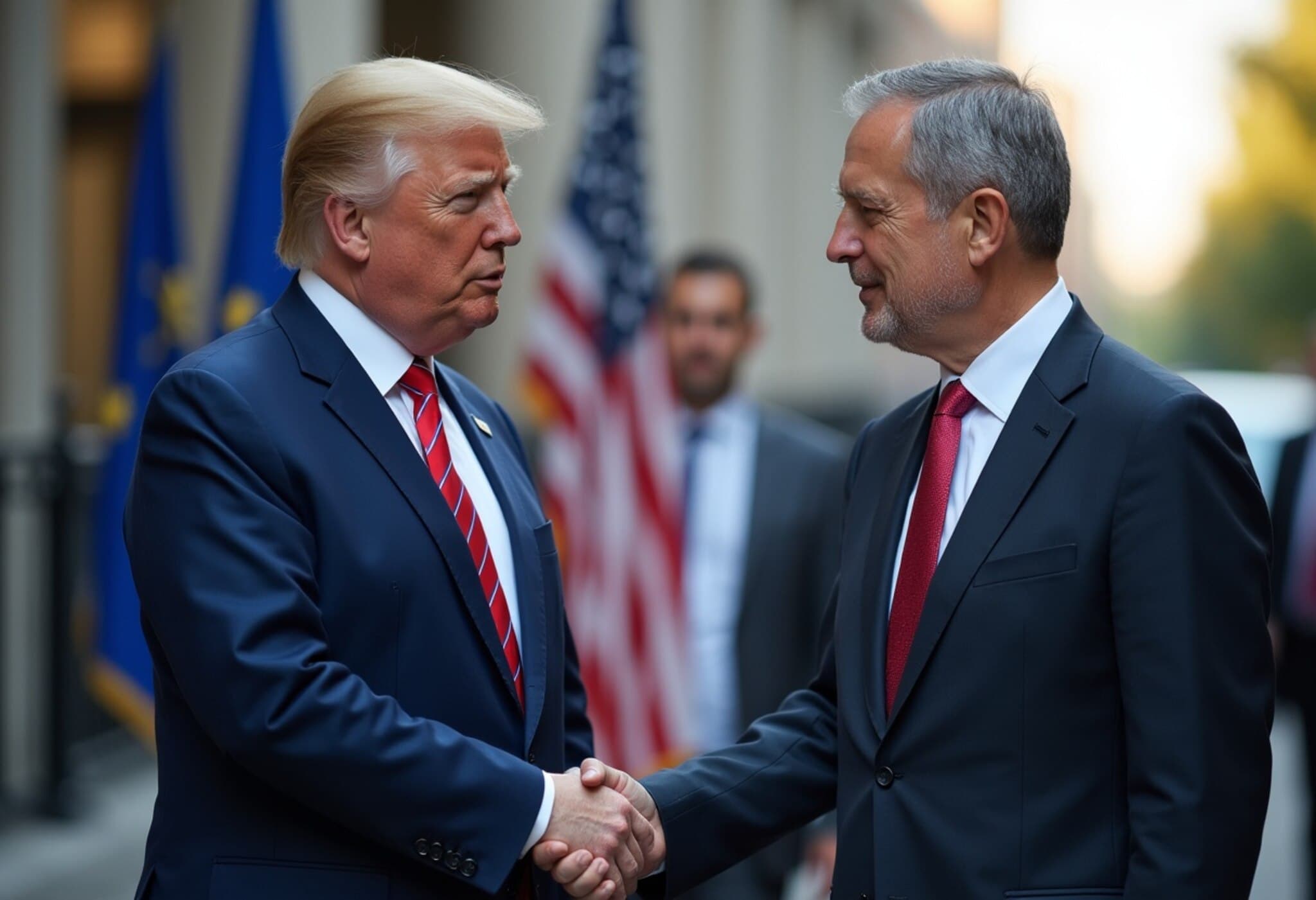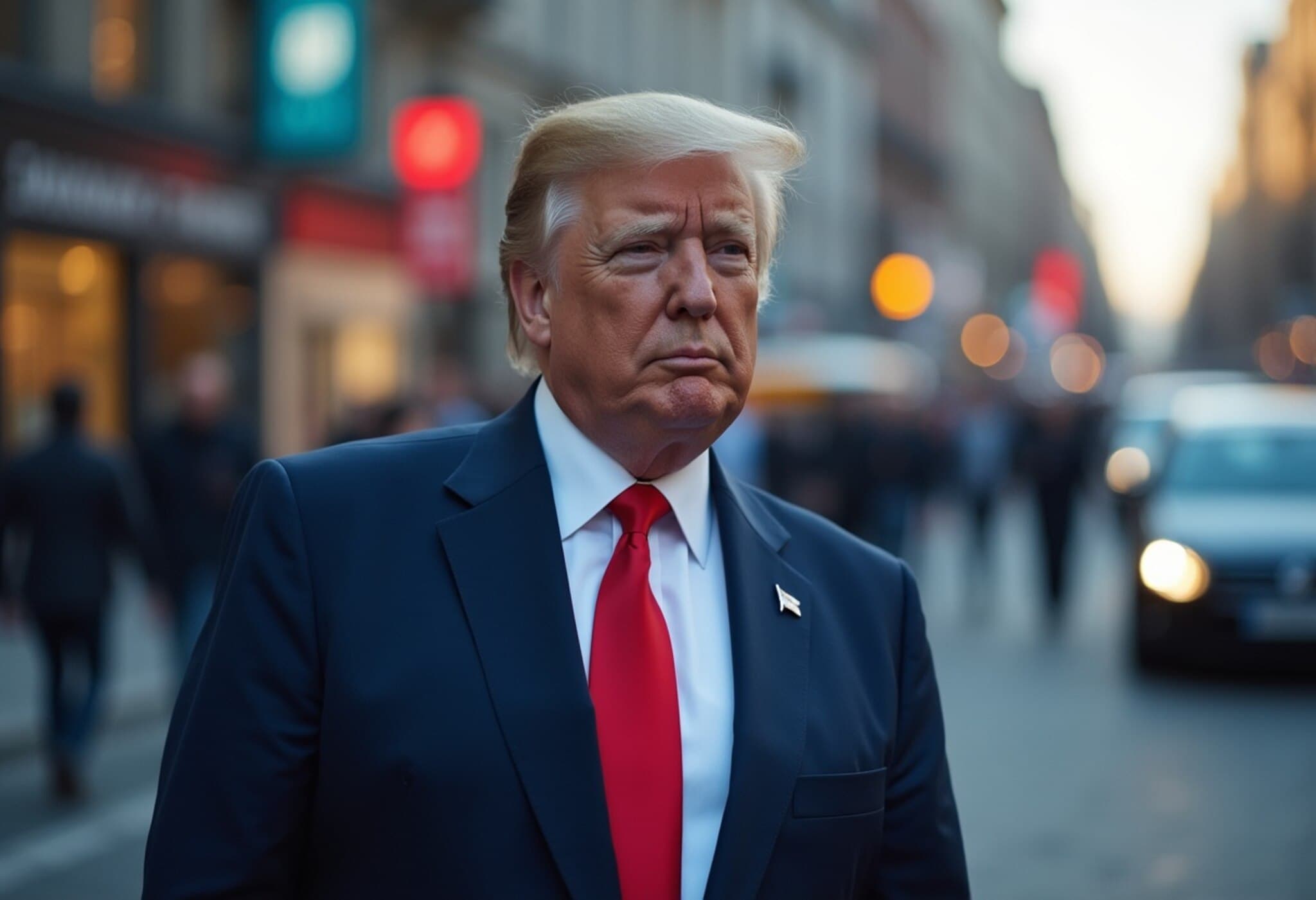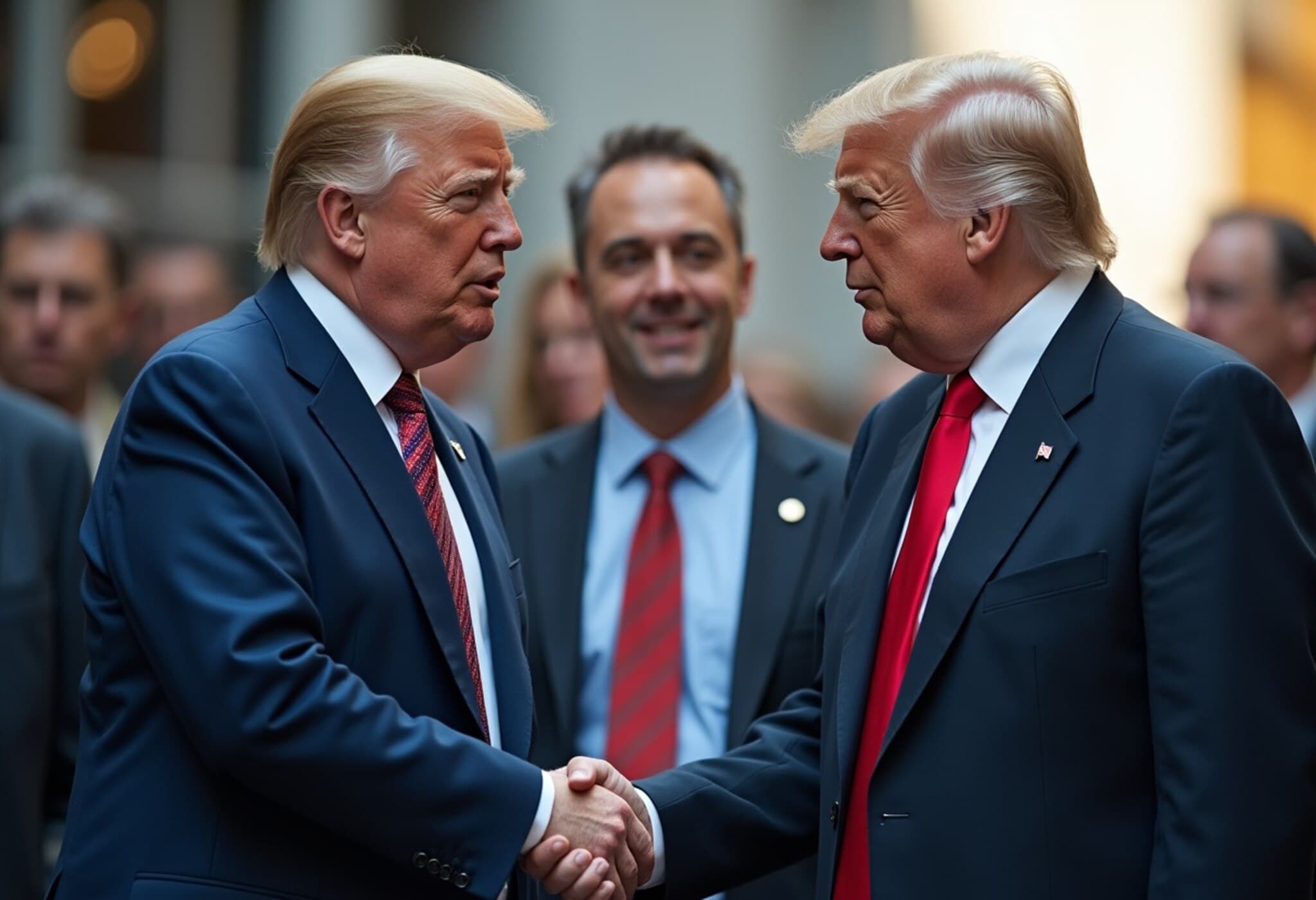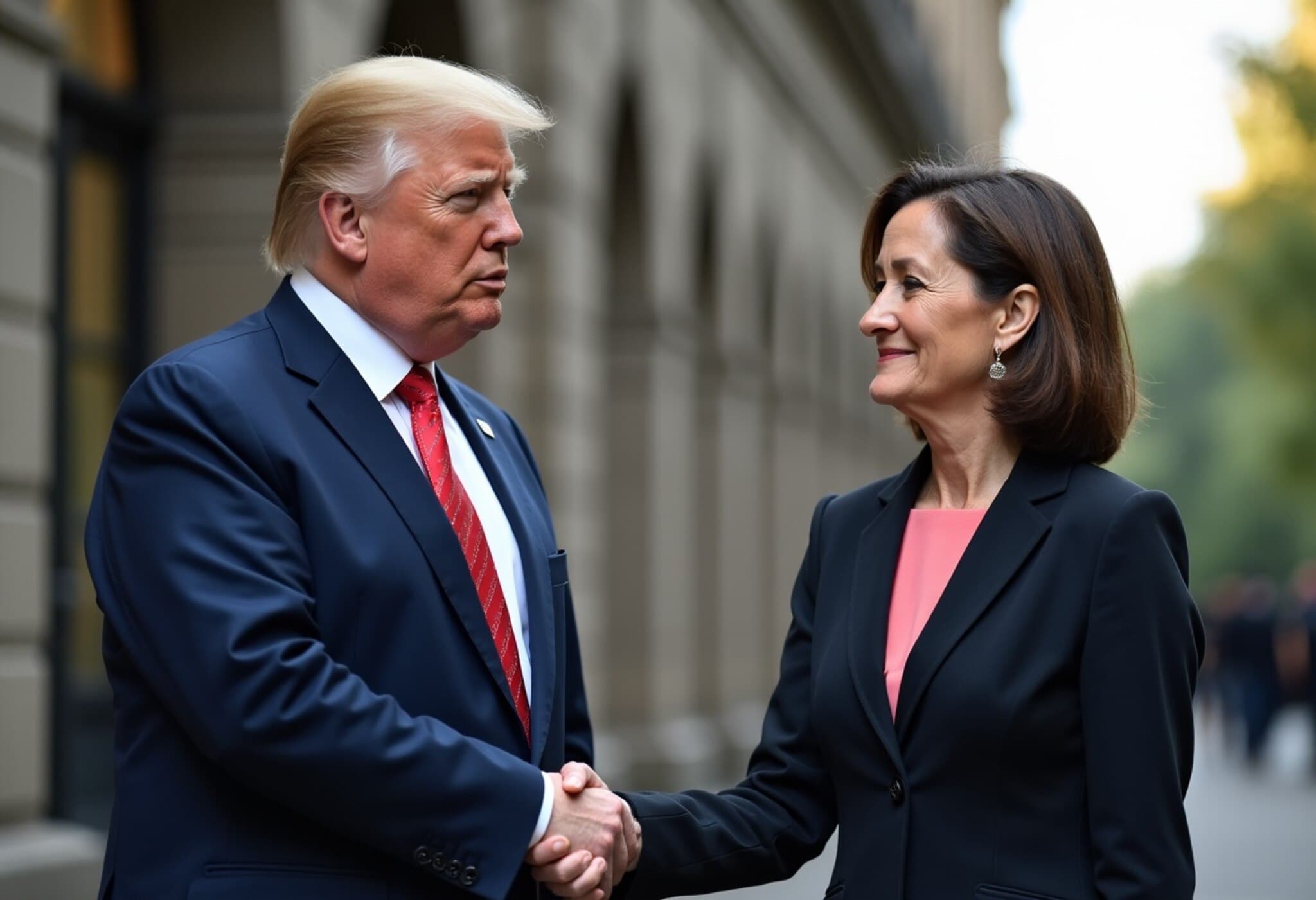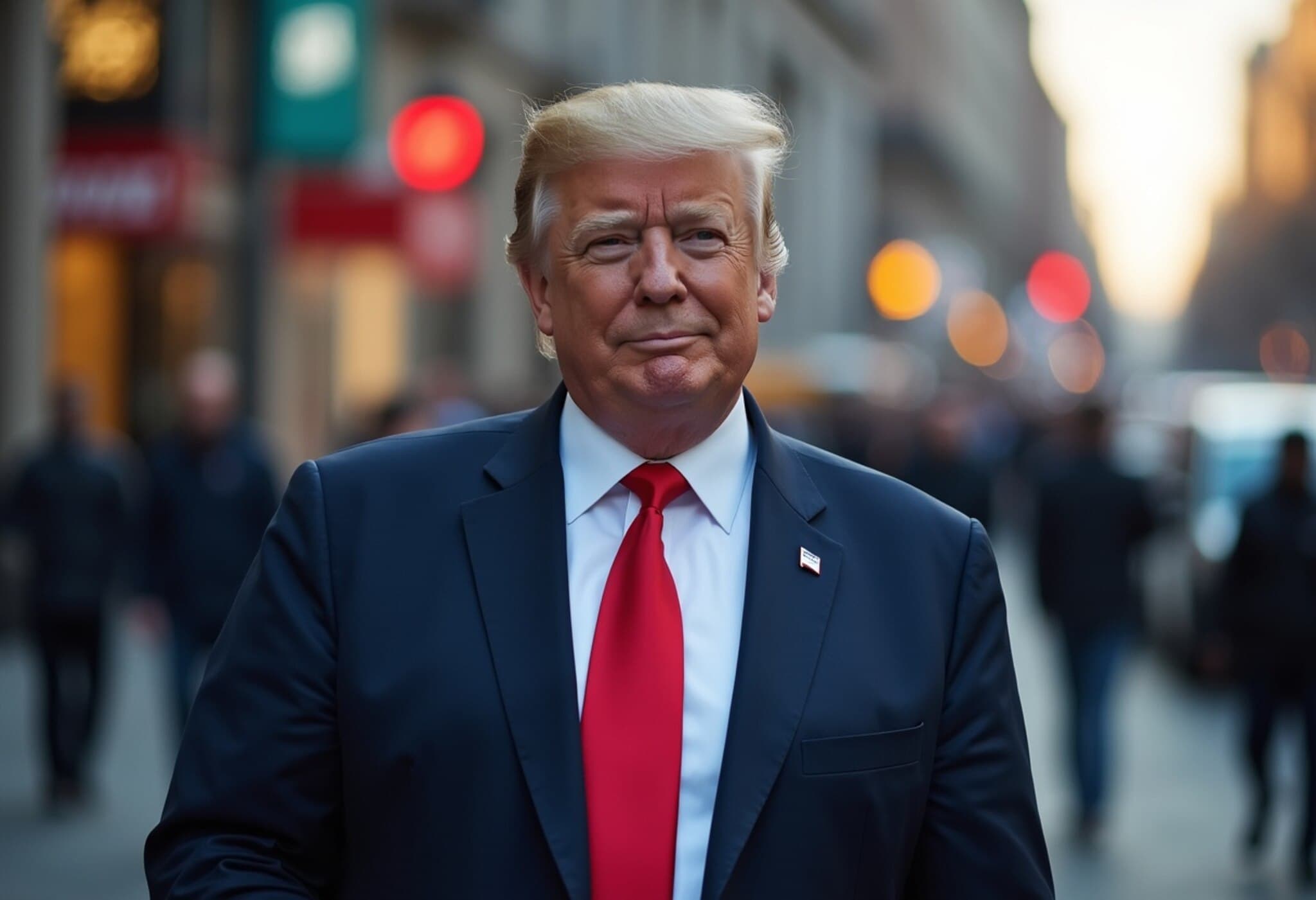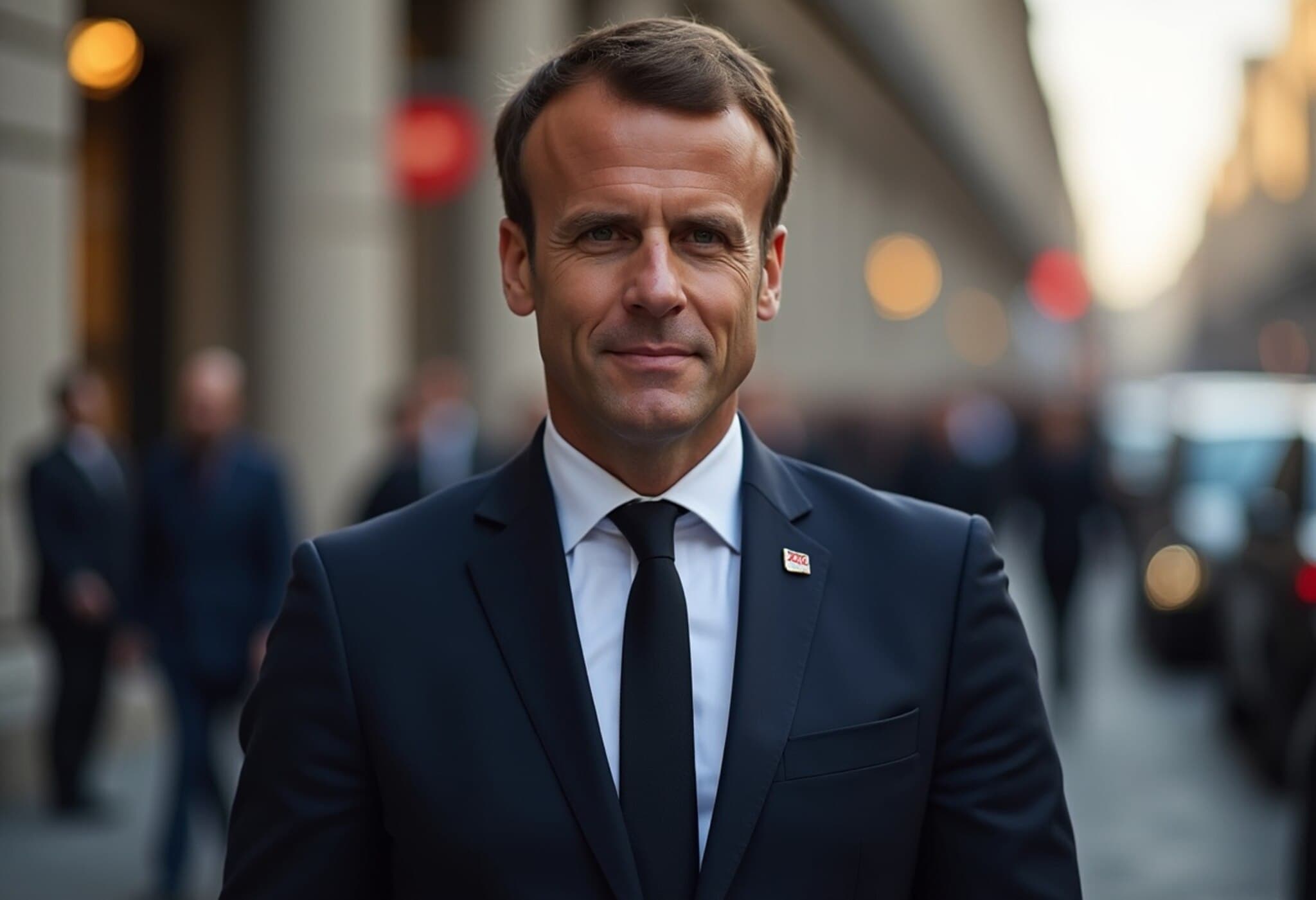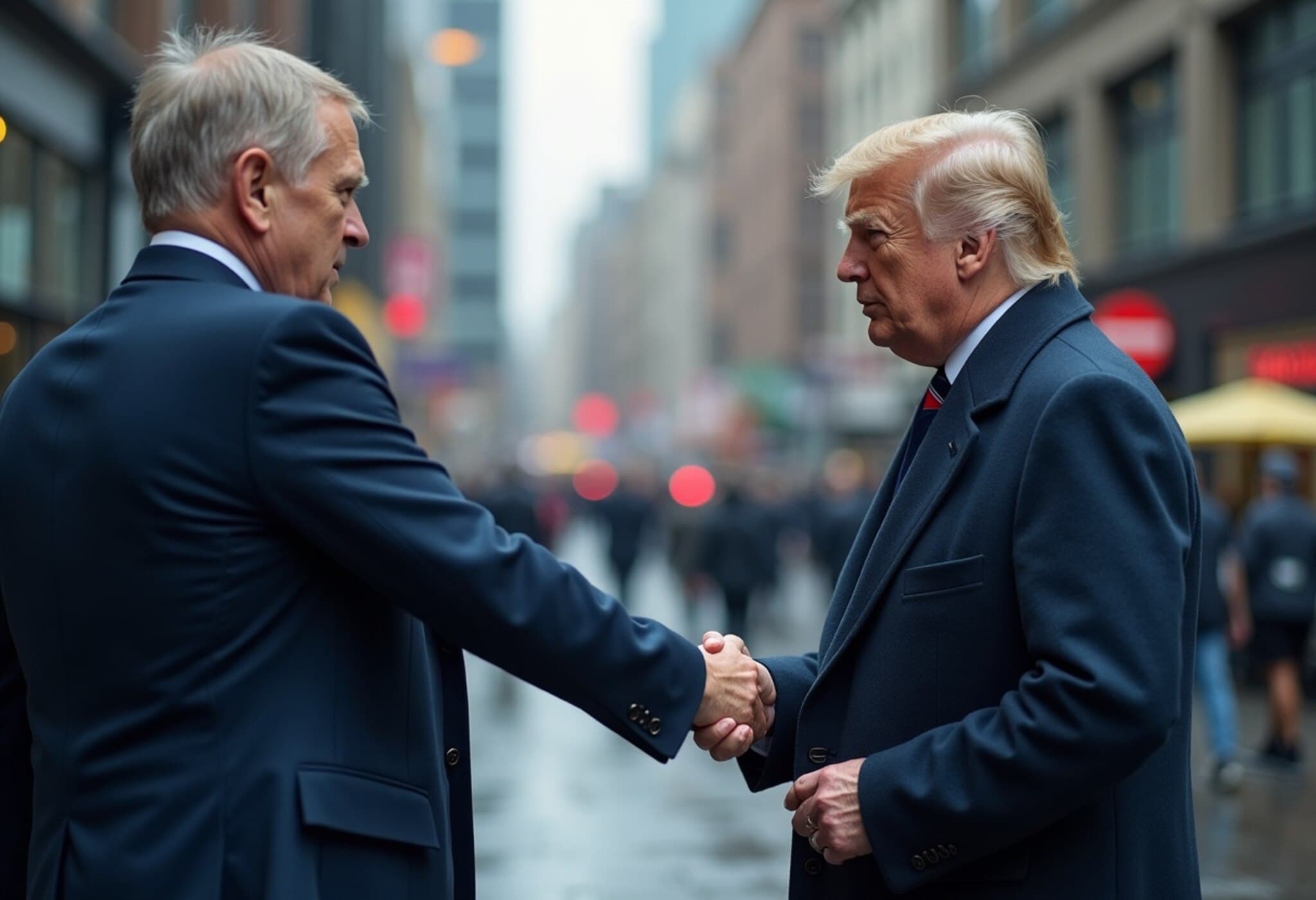EU Chief Ursula von der Leyen Meets President Trump to Navigate Trade Disputes
In a critically timed summit set against escalating tariff threats, European Commission President Ursula von der Leyen is slated to meet with U.S. President Donald Trump this Sunday in Scotland. The talks aim to forestall a looming transatlantic trade conflict as the U.S. threatens a 30% tariff on EU imports starting August 1.
Balancing Risks: The 50/50 Chance for a Deal
Donald Trump expressed cautious optimism upon arrival in Scotland, stating on the social platform X, "I think we have a good 50/50 chance. That's a lot." Von der Leyen also confirmed the high-stakes discussion, emphasizing their shared goal to maintain "strong" transatlantic trade relations. Sources close to the talks suggest an emerging consensus around a compromise benchmark—a 15% tariff rate on imports—proposing a middle ground to avoid the harsher consequences of full tariffs.
Context: A Trade Relationship That Weighs Heavily on the Global Economy
The U.S. and EU represent the globe’s largest bilateral trade and investment relationship, accounting for nearly 30% of worldwide trade in goods and services and about 43% of global GDP. This economic interdependence lays bare the stakes of any confrontation, which could reverberate well beyond the immediate parties.
With Trump’s golf-focused visit to Scotland also featuring informal talks with U.K. Prime Minister Keir Starmer, the backdrop is a shifting trade terrain. Notably, the U.K., having negotiated its own trade terms with the U.S., operates under a 10% tariff baseline, illustrating divergent strategies within the broader Atlantic sphere.
Learning from the U.S.-Japan Precedent
Encouragement for a resolution partly stems from the recent U.S.-Japan trade framework, which Trump hailed as "perhaps the largest deal ever made." This pact established tariffs at a 15% baseline, a figure that now seems to be inspiration for EU-U.S. negotiations. Analysts like Jack Allen-Reynolds, Deputy Chief Eurozone Economist at Capital Economics, caution that while a 15% tariff deal may not constitute an ideal outcome, it represents a pragmatic avoidance of more severe trade barriers and retaliations.
"A bad deal is better than no deal," Allen-Reynolds said, highlighting the delicate balancing act between protecting economic interests and preventing a full-scale trade war.
Underreported Angle: What’s at Stake for American Consumers and Businesses?
While political leadership focuses on tariff rates and headline agreements, the downstream effects on American consumers and industries often receive less attention. Higher tariffs on European goods could prompt price hikes in key sectors such as automotive, pharmaceuticals, and luxury goods—areas where EU-U.S. trade flows remain robust. Conversely, a successful 15% tariff deal might soften these blows but still impose cost burdens absorbing into supply chains and consumers' wallets.
Moreover, the situation underscores the importance of sustained diplomatic trade dialogue beyond headline-making meetings, especially as global economic uncertainty intensifies with inflationary pressures and supply chain disruptions.
What’s Next?
- Sunday’s meeting will be closely watched by markets and policymakers worldwide.
- The outcome could set a precedent for how major powers manage trade tensions amid rising protectionism.
- Observers will look for concrete commitments or signals toward longer-term frameworks that balance national interests with global economic stability.
As these negotiations unfold, the specter of a transatlantic trade war—once feared—might be tempered by pragmatism, but the devil remains in the details. For now, both sides appear to acknowledge that preserving economic partnership outweighs the allure of aggressive tariff posturing.
Editor’s Note
While the looming tariffs capture headlines, this story is a reminder of the complex interplay between politics and economics in shaping global trade. It invites deeper reflection on the nuanced impacts such measures impose on everyday consumers, supply chains, and international relations. Can diplomacy sustain the transatlantic alliance, or will protectionist tides reshape global commerce? This evolving episode warrants close attention for anyone invested in the stability of international markets.

